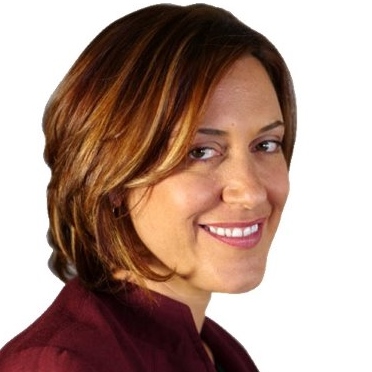
News

Any chance that Trump’s Mid-East peace plan can work?
PAULA SLIER
But in an emotional televised address, Palestinian President Mahmoud Abbas rejected “the new Balfour Declaration” with “a thousand no’s”, insisting that Jerusalem and the rights of Palestinian people were “not for sale”. Not even invited to the unveiling, the Palestinians haven’t had direct contact with the Trump administration in more than two years.
Still, this didn’t stop the palpable excitement as Trump, with Netanyahu standing alongside him in the White House, announced his so-called “deal of the century”. It’s been three years in the making, and already last year, the first phase – a $50-billion injection (R729.6 billion) into the Palestinian economy – was snubbed by Palestinians.
Pointedly, though, major Arab states have expressed their support. Saudi Arabia, the United Arab Emirates, Oman, and Bahrain described it as an opportunity to achieve peace between Israelis and Palestinians. Turkey rejected it, while Egypt said it “appreciates the continuous efforts exerted by the United States administration to achieve a comprehensive and just settlement of the Palestinian issue”.
The plan lays the groundwork for Israel to immediately begin annexing the Jordan Valley and all of its settlements in the West Bank, something Netanyahu says he will bring to a cabinet vote as early as this coming Sunday.
However, a few hours before the plan’s unveiling, Netanyahu was formally indicted by the country’s attorney general on corruption charges. Earlier, Netanyahu withdrew his request for parliamentary immunity, a request he was almost certain to lose. It’s unclear whether in this position, and with a caretaker government, Netanyahu can legally push through a proposal as significant as redrawing Israel’s borders.
But what is significant is that Trump’s plan gives Israel the green light to annex settlements regardless of Palestinian support for the plan. At the same time, in recognition of Israeli sovereignty over the settlements, Israel must freeze any further settlement expansion for four years.
Trump’s deal envisions the establishment of a Palestinian state with limited sovereignty. Jerusalem will remain “Israel’s undivided capital” while a future Palestinian state would also have a “capital in eastern Jerusalem”.
Such a capital would be established in the Arab neighbourhoods of Jerusalem on the eastern side of the separation barrier. Trump said he would be “proud” to have an American embassy there. Palestinians would be able to call their capital “al-Quds” – the Arabic term for Jerusalem – and they would continue to have access to all holy sites, but no significant part of East Jerusalem would be in their capital. This is well short of what they would ever accept.
What’s interesting is that for the first time ever, an American president published a map of how he foresees the future Israeli and Palestinian states.
Back in 2008, in what is widely regarded as Israel’s most generous offer to the Palestinians, former Israeli Prime Minister Ehud Olmert was willing to cede 93.7% of the West Bank to a future Palestine. In Trump’s plan, 70% will be ceded, while Israel will retain 30%. Trump set eight conditions for Palestinian statehood while warning this could be the Palestinians’ “last chance” for a state.
But the American president must have known that the proposal would be rejected outright by Abbas so why even propose it? The answer lies in its timing. Trump is facing trial in the US senate after the house impeached him last month. This offers a welcome respite. In November, he will run for re-election, and this plan is also intended to satisfy his electoral base of evangelicals. And satisfied they are. As are right-right-wing American Jews and right-wing Israelis. Its announcement comes at a crucial time also for Netanyahu who is running for re-election at the beginning of March.
It’s highly probable that the announcement is meant to distract Israelis from Netanyahu’s immunity proceedings. He’s been indicted on counts of fraud, breach of trust, and bribery in three separate cases. No doubt Netanyahu will use the plan to earn brownie points amongst his voters.
The Trump plan will never work – but it isn’t meant to, as far as Netanyahu is concerned. Some suggest this is why he’s embracing it, including the bits he and his far-right base find unpalatable. He doesn’t need to worry about it materialising, while he can still take advantage of annexing territories.
Previous peace plans have been aimed at both Israelis and Palestinians. This one is overtly pro-Israel. While some may argue that this is an American plan and therefore not binding on anyone, it’s highly unlikely it would have been presented without Jerusalem’s consent. So one gets a very good idea of how far – or not – Jerusalem is prepared to go to reach peace with the Palestinians. In the past decade, Abbas has gone from the status he inherited from Arafat to being little more than the mayor of Ramallah. He is widely disliked on the Palestinian street. The world has to some extent given up on the Palestinians and their cause is no longer fashionable beyond the far-left and right fringes in the West.
Nothing much is expected to come out of Trump’s deal. But perhaps it presents a new framework for negotiations between Israelis and Palestinians, a starting point from which future negotiations can develop. If that were to happen, it would indeed be something. But at this stage that seems far from likely.




